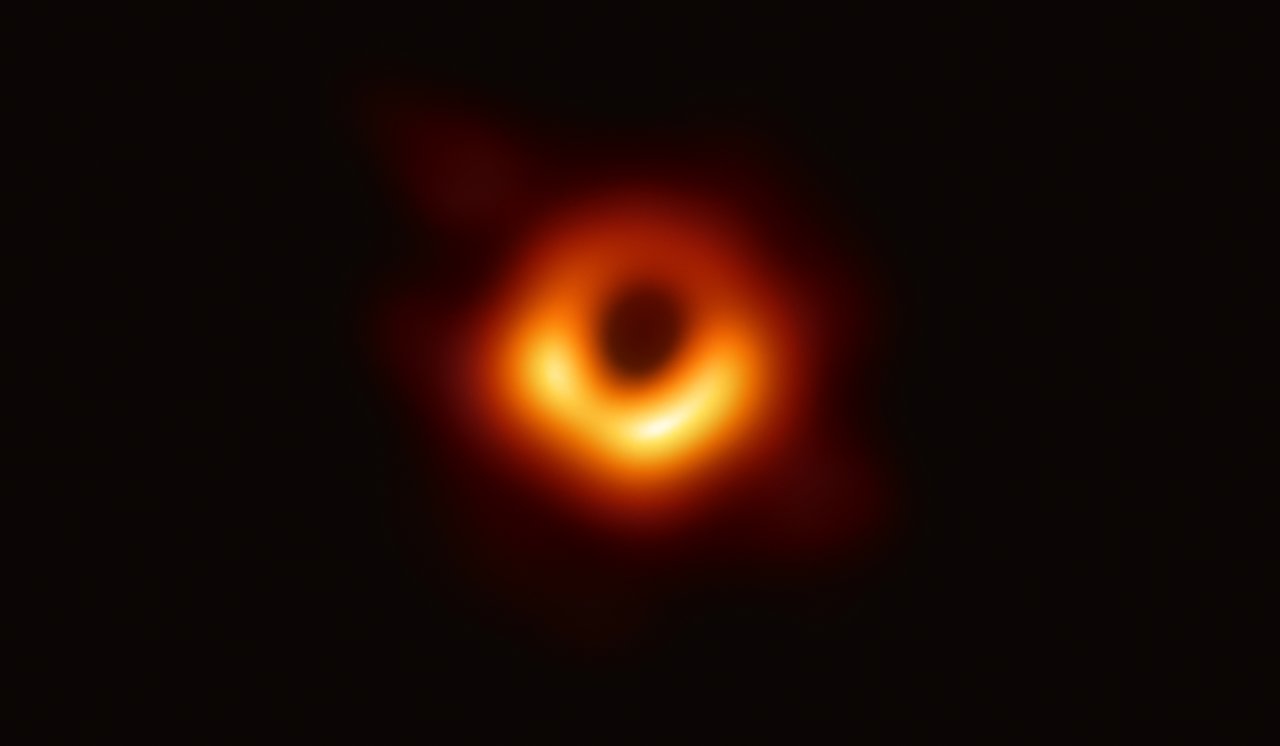Black Hole Imaging – Science Club Revision Sheet
Introduction
Black holes are regions of spacetime with gravitational fields so strong that nothing, not even light, can escape. Imaging black holes helps scientists study their properties, test Einstein’s theories, and understand the universe’s most extreme environments.
What is Black Hole Imaging?
- Definition: The process of capturing visual data of a black hole’s event horizon or surrounding material using telescopes and advanced algorithms.
- Purpose: To observe the shadow and accretion disk, measure mass and spin, and test predictions of general relativity.
How Are Black Holes Imaged?
1. Event Horizon Telescope (EHT)
- Global Array: Combines radio telescopes worldwide.
- Technique: Very Long Baseline Interferometry (VLBI) synchronizes signals to act as one giant telescope.
- Resolution: Achieves microarcsecond precision, enough to image the shadow of a supermassive black hole.
2. Data Processing
- Petabytes of Data: Raw signals stored on hard drives, physically transported for analysis.
- Algorithms: CLEAN, CHIRP, and machine learning reconstruct images from noisy data.
3. Image Formation
- Shadow: The dark region is the black hole’s silhouette against glowing gas.
- Photon Ring: Bright ring formed by light bent by gravity.
Timeline of Black Hole Imaging
| Year | Milestone |
|---|---|
| 1973 | First theoretical prediction of black hole “shadow” (Bardeen) |
| 2006 | EHT project initiated |
| 2017 | EHT observes M87* and Sgr A* |
| 2019 | First image of M87* released (EHT Collaboration, 2019) |
| 2022 | First image of Milky Way’s black hole, Sgr A* (EHT Collaboration, 2022) |
| 2023 | Improved imaging algorithms reveal new details of photon ring (Nature, 2023) |
Diagram: Black Hole Imaging Process

Surprising Facts
-
Black Hole Images Are Not Photographs
They are reconstructions from radio wave data, processed by complex algorithms—no conventional camera involved. -
Earth’s Rotation Helps Imaging
As the planet rotates, telescopes collect data from different angles, improving image resolution. -
Quantum Effects May Be Visible
Future imaging could reveal quantum gravitational effects near the event horizon, challenging classical physics.
The Role of Extreme Environments
- Accretion Disks: Superheated gas spirals into black holes, emitting radio, X-ray, and gamma rays.
- Jet Formation: Magnetic fields around spinning black holes launch jets at near-light speed.
- Microbial Analogy: Some bacteria survive in deep-sea vents and radioactive waste, similar to how matter persists in black hole accretion disks.
Latest Discoveries (2020–2024)
- Polarization Imaging: In 2021, EHT released polarized images of M87*, revealing magnetic field structures (EHT Collaboration, 2021).
- Photon Ring Details: In 2023, new algorithms resolved the photon ring’s shape, confirming predictions of general relativity.
- Sgr A Variability*: Observations show rapid changes in brightness, indicating dynamic accretion processes (Nature, 2022).
Emerging Technologies
1. Next-Generation Telescopes
- ngEHT: The next-generation Event Horizon Telescope will add more stations for higher resolution.
- Space-Based VLBI: Placing telescopes in orbit will overcome atmospheric limitations.
2. AI and Machine Learning
- Noise Reduction: Deep learning improves image clarity and reconstructs missing data.
- Pattern Recognition: AI identifies features like photon rings and magnetic structures.
3. Multi-Wavelength Imaging
- Combining X-ray, Infrared, and Radio: Provides a more complete picture of black hole environments.
Unique Details
- Time-Lapse Imaging: Future projects aim to create movies of black hole accretion dynamics.
- Interstellar Communication: Imaging techniques may one day detect signals from civilizations near black holes.
- Biosignature Detection: Extreme environments around black holes may host exotic life forms, analogous to bacteria surviving in radioactive waste.
Key Terms
- Event Horizon: Boundary beyond which nothing escapes.
- Accretion Disk: Disk of matter spiraling into the black hole.
- Photon Ring: Light bent around the black hole, forming a bright ring.
- VLBI: Technique for linking distant radio telescopes.
References
- EHT Collaboration (2019). First M87* image. Astrophysical Journal Letters
- EHT Collaboration (2022). Sgr A* image. Astrophysical Journal Letters
- Nature (2023). Photon ring details. Nature
- EHT Collaboration (2021). Polarization imaging. ESO News
Summary Table
| Concept | Details |
|---|---|
| Imaging Technique | VLBI, AI algorithms |
| Key Discoveries | M87*, Sgr A* images, photon ring |
| Technologies | ngEHT, space VLBI, AI |
| Surprising Facts | Not photographs, Earth’s rotation helps, quantum effects possible |
| Latest Research | Polarization, photon ring, accretion variability |
Study Tip
Review the timeline and latest discoveries. Understand how imaging advances test physics theories and reveal the universe’s extremes. Consider how technologies from black hole imaging might apply to other fields, such as medical imaging or environmental monitoring.
